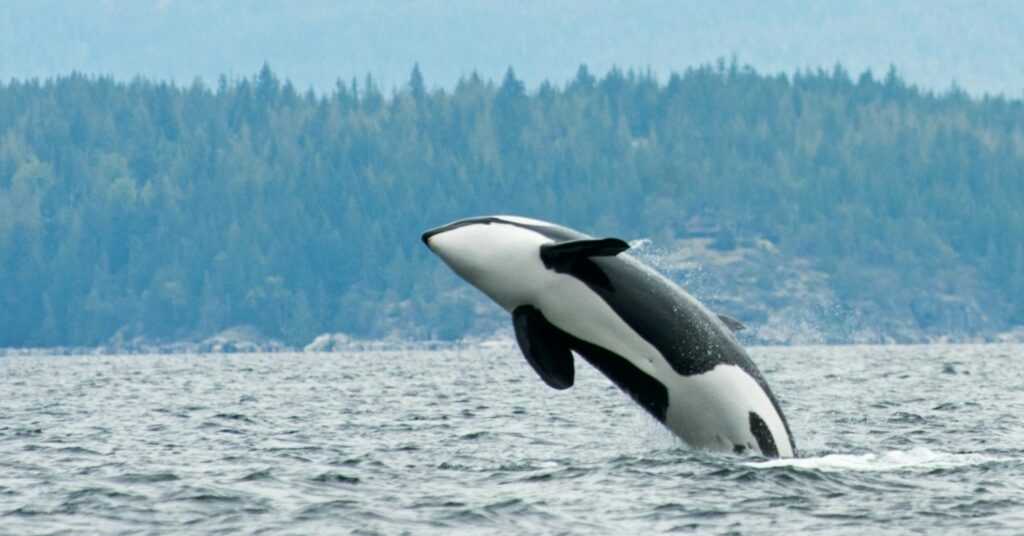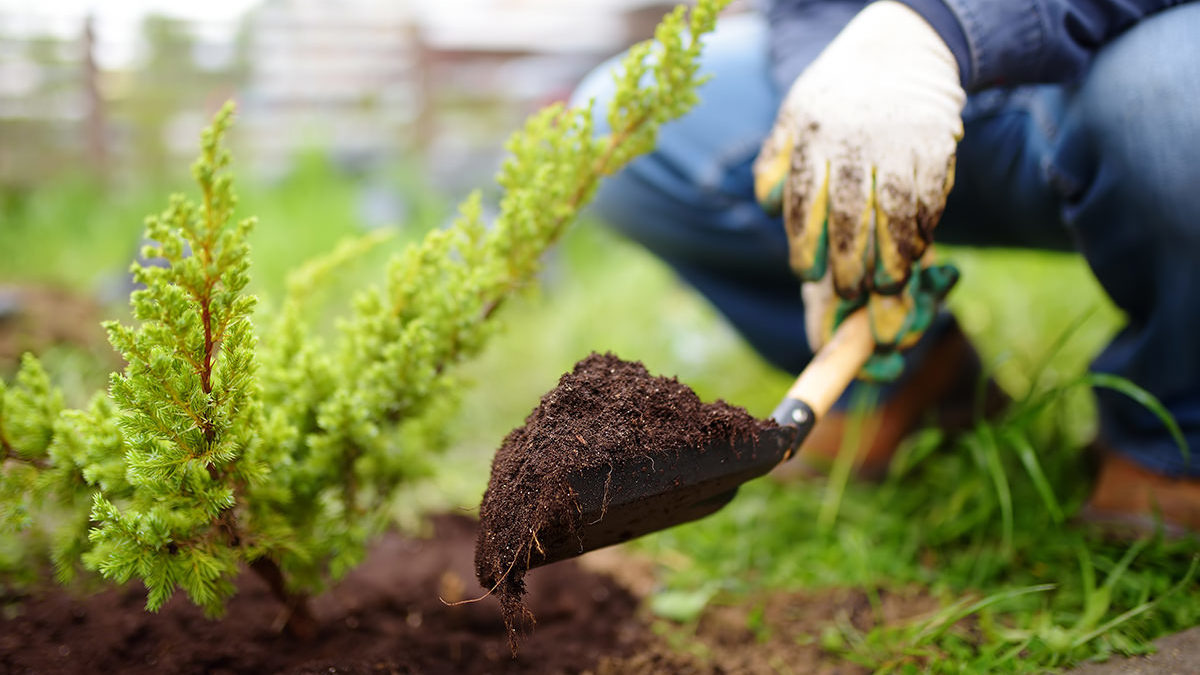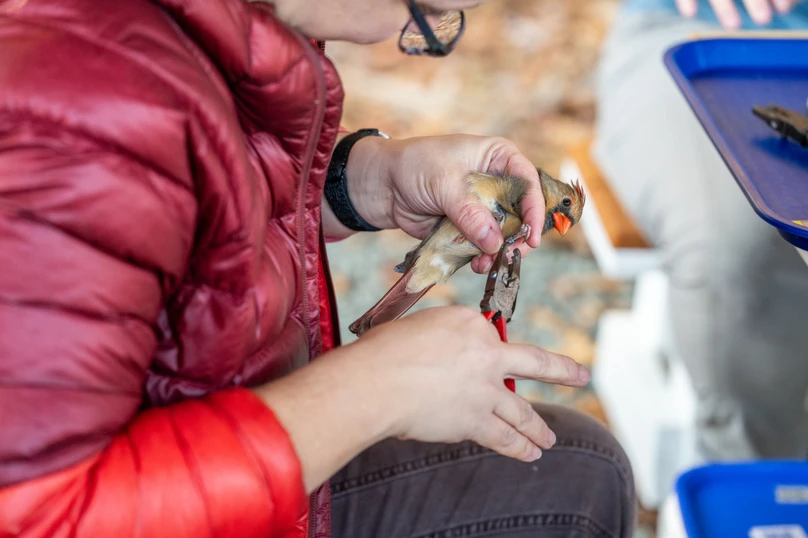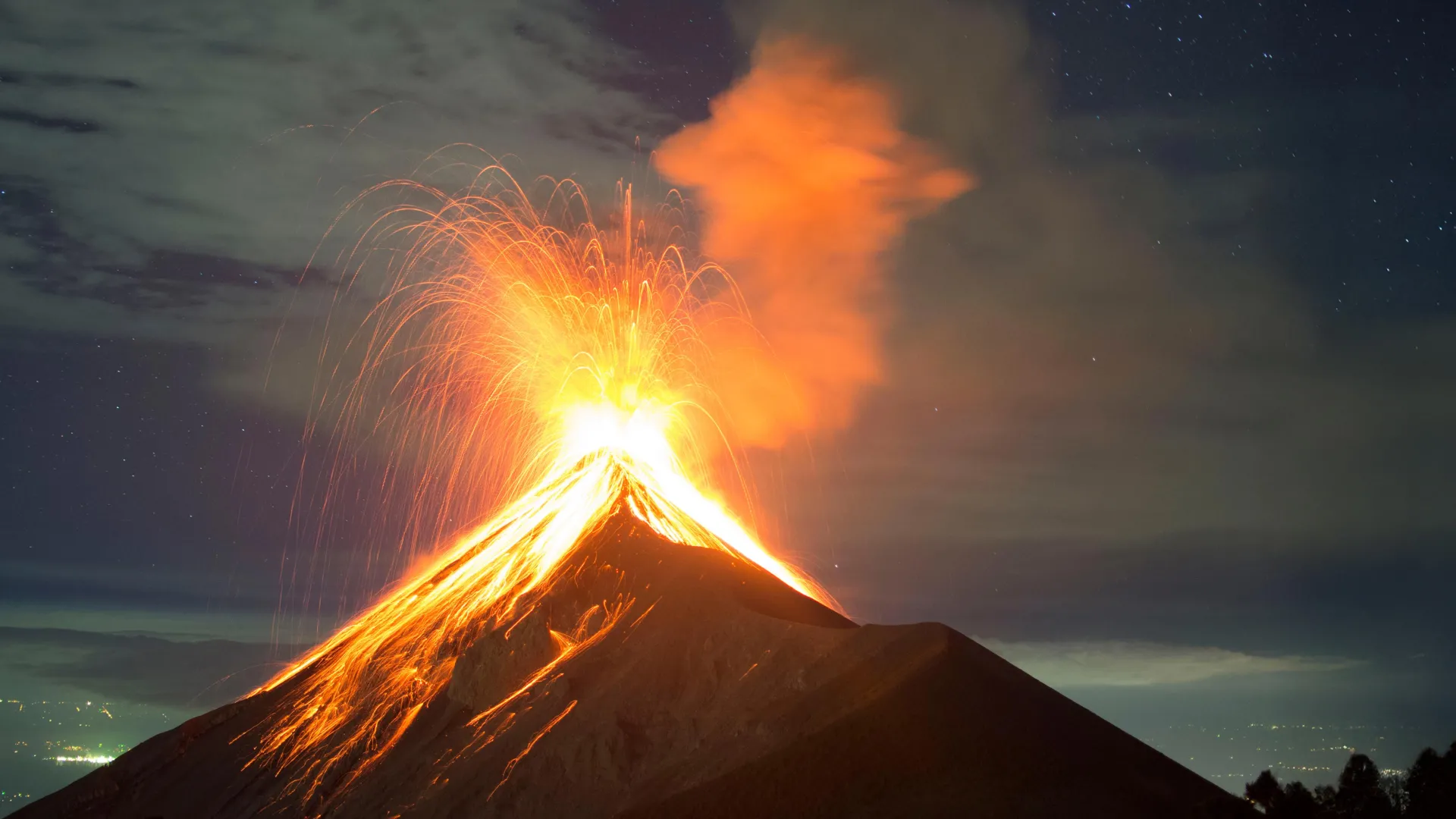PROTECT YOUR DNA WITH QUANTUM TECHNOLOGY
Orgo-Life the new way to the future Advertising by Adpathway Cat and Bird, by Paul Klee (Public domain)
Cat and Bird, by Paul Klee (Public domain)I am a bird-person. I was assigned this label because I advocate for birds. You may be a bird-person too, or perhaps you are a dog-person, cat-person, frog-person, beaver-person, tree-person or butterfly-person. Advocating for the things you love is noble, but sometimes our passion and drive narrows our perspective and we lose sight of our empathy for the humans on the other side. And, boy, there is no greater rivalry among animal-people than that of the bird-people and cat-people.
When I hear arguments for outdoor cats I start to transform, ironically, more cat-like. I can feel the hairs on the back of my neck stand up and my claws come out. But my reaction is totally human: talking past others, uncompromising, and incredulous.
In the spring of 2025 when I read the Bay Nature piece, “A Community and Its Cats” by columnist Endria Richardson, I admit I initially had this unfriendly response. As the director of conservation for Golden Gate Bird Alliance, I hear plenty of misinformed or disingenuous arguments for protecting the status quo, thereby imperiling our local bird life. Upon closer reading, Endria’s article was not that, but an opportunity to engage Bay Area nature lovers in an important conversation.
What gets lost in the conflict between humans are the animals we care for. Two things can be true at once: outdoor cats have devastating impacts on wildlife populations and it is not their fault. They have a right to life and care.
I was labeled a bird-person, but I would like to think I’m a whole-ecosystem-person. When I see a bird, I don’t just see the individual. I see all the interactions that bird has with its surroundings, all the functions it carries out and services it provides. Birds are pollinators, plant propagators, facilitators of decomposition, pest controllers, prey, and ecosystem engineers. A woodpecker has evolved unique adaptations, making it possible to excavate cavities in hard tree trunks. When the woodpecker moves on, that cavity will be used for decades by dozens of other species who need a safe nook but lack the ability to excavate themselves.
All the interactions I’ve described have played out across the globe for millions of years. Constant changes to the North American landscape: land rising, sinking, shifting, glaciers melting, pouring water over the landscape, refreezing, and melting again, all causing plants and animals to move, interact, and adapt. I see every indigenous species present here today as a miraculous culmination of this slow tumult. And then with a crash and a bang, in came human European colonizers. Despite the destruction, pollution, and decimation of wildlife habitat, these species are still here, surviving in small patches of remaining or restored habitat, ever vulnerable to climate change and continuing loss of habitat.
When conservationists seek to protect endangered species, it is not their scarcity that we value, but rather the unique and irreplaceable role they play in an ecosystem. Species extinction is final and has impacts that radiate out in ways beyond what we may predict. I wish I could soften this hard truth, but cats do contribute to species extinctions.
Cats are loved ones, family members, and predators. While there is nothing more natural than predation, domestic cats did not evolve with the animals here in North America and therefore do not provide beneficial interactions in the same way as indigenous species. Despite domestication, cats still have strong predatory instincts, and we have to understand their impacts.
The problem is not only their abrupt introduction, but their density. It’s difficult to estimate the number of outdoor cats we have in the Bay Area. We have both outdoor pet cats and feral cats (also referred to as community cats). We can approximate the number of pet cats using the American Veterinary Medical Association’s 2024 estimate that 32 percent of US households own a cat. Extrapolating from US Census data on the number of households in the Bay Area, that’s 564,300 cats. Some of those, hopefully many, may be indoor only, but if all those cats were free-roaming that would be approximately 230 cats per square mile.
We do have a wild and indigenous small cat species in North America, home to our California ecosystems, the bobcat (Lynx rufus). Just imagine for a moment 230 bobcats per square mile, all across the greater Bay Area. Bobcat density varies regionally and few studies show current bobcat population counts in California, but according to a 1978 survey they could be found as dense as 4 bobcats per square mile in the coastal chaparral of southern California, almost 60 times less dense than pet cats in this thought experiment if all pets are allowed outdoors.
Predator to prey ratios are a delicate balance in ecosystems, too many predators will eventually wipe out a local population of prey. Without knowing the exact number of cats free-roaming in the Bay Area but looking at historical bobcat density, we can see that our pet cats would be out of sync with a natural balanced ratio for long-term sustainability.
With that in mind, and shifting back to what we do know, it’s easy to see how domestic cats are second only to habitat loss for human-related bird deaths. Cats kill at least 2.4 billion birds in the United States every year. There are many other anthropogenic threats, but the next deadliest is collision with buildings at 600,000 birds annually. Cats are easily the lowest hanging fruit.
This is a human problem and we can fix it. After public outcry for their lethal removal of feral cats from parks in 2020, East Bay Regional Park District took a new approach, developing relationships with various animal services agencies and organizations. Cats could be removed from park properties where they posed serious harm to sensitive and endangered species, without being killed. East Bay Regional Park District and the relationships they have made with animal services is a shining example of humans working together to remove cats from vulnerable ecosystems and placing them in warm homes or safe shelters. But unfortunately this solution has vulnerabilities. When cities slash budgets for animal care departments or when the summer kitten season is in full swing, resources and capacity dwindles.
As in every healthy ecosystem, we all have a role to play. Cat-People: keep your pet cats indoors, on-leash, or in a “catio”, a small enclosed patio extension just for your cat to be outdoors without posing a harm to wildlife. Feeding feral cats is only one small piece of the care they need. Birds and wildlife need our care too. Cat-people you can support the care of wildlife by refraining from feeding feral cats and as you spend time outdoors, find joy in greeting and appreciating those wild and indigenous animals all around us.
Bird-People (along with amphibian-people, snake-people, small-mammal-people, and reptile-people): support your local shelter. Call your city council members, mayors, and local leaders and explain the importance of animal care departments and facilities. Donate or volunteer with your local shelter. Foster or adopt an indoor cat. Tell your neighbors about catios, or better yet, help them build one.
Let’s build a community of cat-bird-people.


 4 days ago
10
4 days ago
10





















 English (US) ·
English (US) ·  French (CA) ·
French (CA) ·